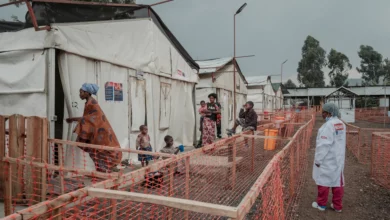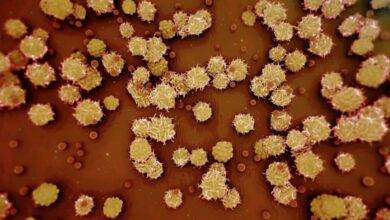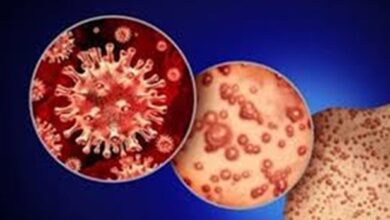
The Ministry of Health and Population announced the second monkeypox case in Egypt, from an Arab traveler who tested positive for monkeypox coming from abroad on Sunday.
The patient has been isolated in an isolation hospital and all preventive and medical measures have been taken in accordance with the guidelines of the World Health Organization, the ministry added.
Egypt recorded its first monkeypox case, on September 7, the Ministry of Health and Population announced.
It explained that the infection was discovered through the epidemiological surveillance procedures carried out by the ministry, and he was held in an isolation hospital.
The patient is 42 years old, and has a residency permit in a European country that he recently frequented, the ministry said.
His contacts are also being traced to ensure no further infections.
What are the symptoms?
Monkeypox symptoms include fever, headache, muscle pain, back pain, swollen lymph nodes, shiver, and exhaustion.
The symptoms of monkeypox generally last from 14 to 21 days. The severity of cases depend on age, extent of exposure to the virus, patient health and the severity of complications. Symptoms are usually mild and most people recover within a few weeks, after receiving treatment in a specialized hospital.
Once a fever occurs, the rash begins on the face, then spreads to other parts of the body, and then progresses to a painful rash and open sores, usually starting on the face.
If the rash spreads to the eye, it can cause blindness.
Monkeypox was first discovered in 1958, that is, 64 years ago, when a disease similar to smallpox broke out in research colonies in which monkeys were collected, hence the name.
The virus is transmitted to humans from a variety of wild animals, but its spread from one person to another is limited so far.
The US said it has provided more than 1.1 million doses and helped boost domestic diagnostic capacity to 80,000 tests per week.




